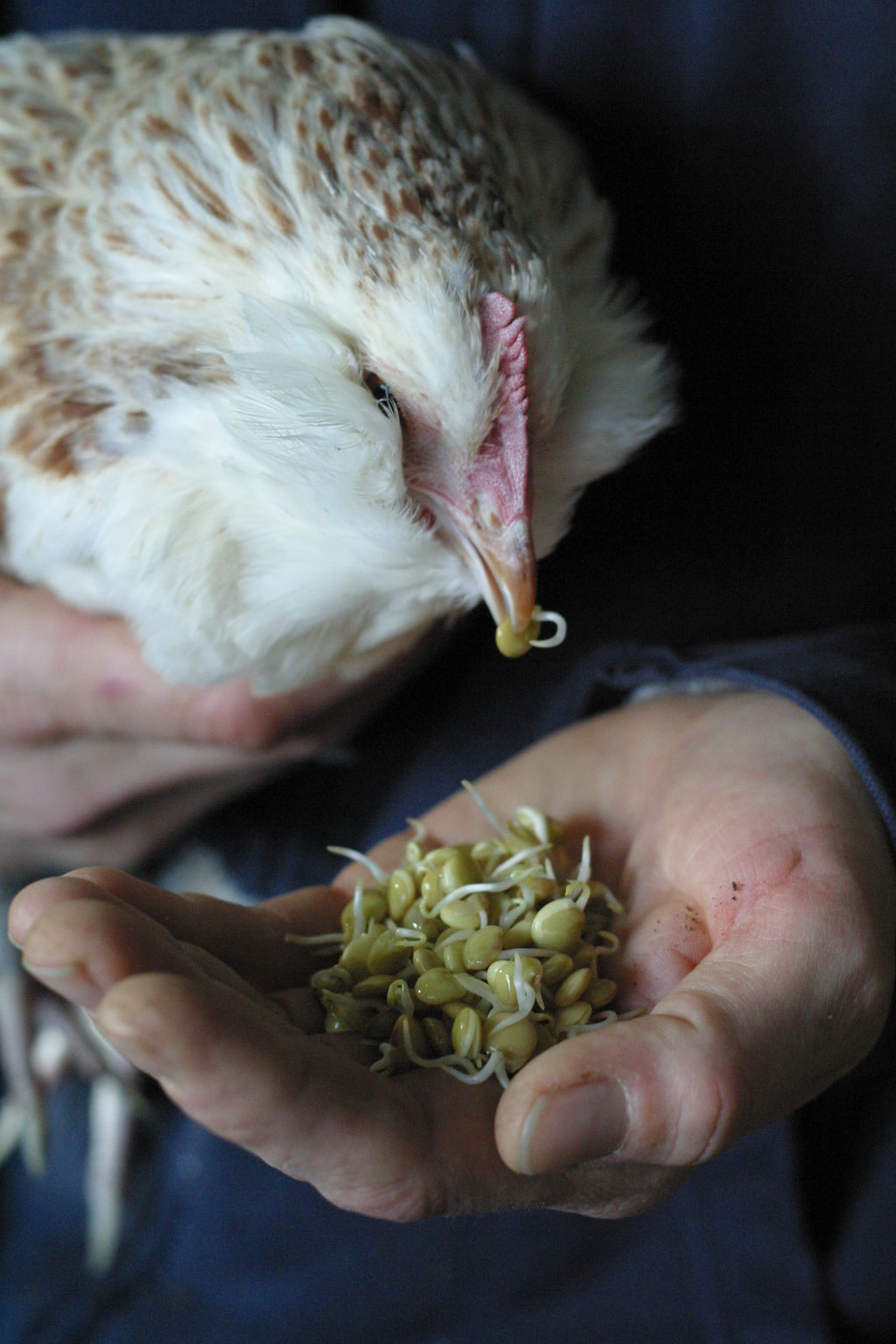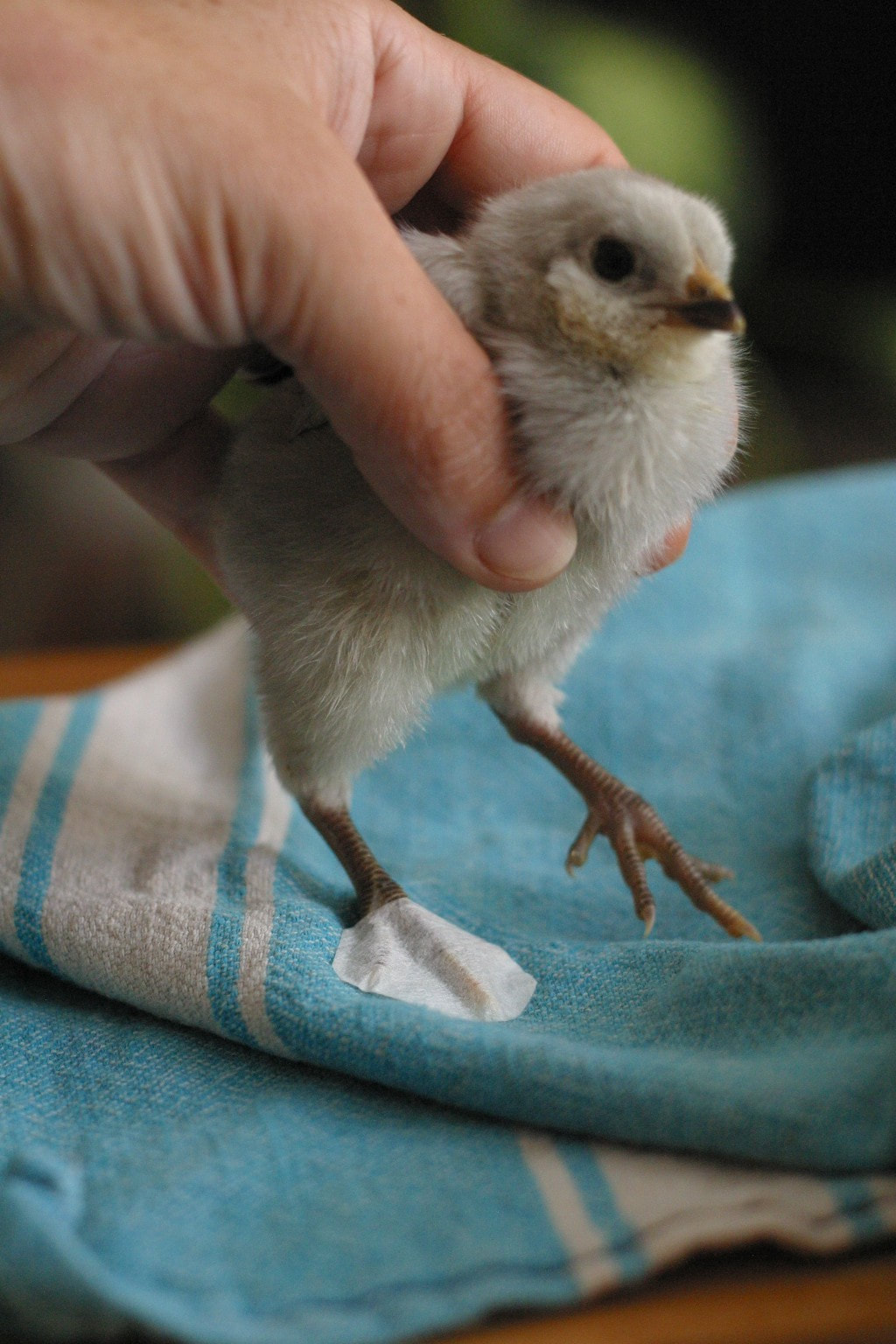What is a Biosecurity Plan?A biosecurity plan is a set of measures put in place to prevent the introduction of disease into a flock, or keep disease from spreading within a flock. While the phrase “biosecurity plan” might bring to mind industrial scale poultry houses, these precautions also have a place in a backyard flock or small scale farm.
Biosecurity plans don’t have to be fancy. They are composed of simple, everyday things you can do to protect your birds from disease and keep them healthy. In this post, we’ll break down what each element of a biosecurity plan means, and give examples of how they can be applied to your own flock.
1 Comment
Here in Western MA, where our farm is located, winters are often tough and unpredictable. We can experience everything from sudden spring-like temperatures to blizzards in the same week. There is one constant, though: a lack of greenery, with no pasture or forage available to our flocks.
When winter has killed off everything but the pines, we pamper our chickens with sprouts. Nutrient dense sprouts are great for our birds all year round, and they are the perfect way to give our chickens the greens they are craving during the coldest months of the year. The best part? Sprouts are INCREDIBLY easy to make yourself, and in this post I'll show you how.
Caring for your chickens in winter can feel like a daunting task, especially if you are a newer chicken keeper. There are so many things to consider. How do you keep your flock’s water from freezing? How cold is too cold? Should you shut the coop up completely in cold weather? Add supplemental heat?
It’s easy to get worried about your chickens out there, braving the cold and snow. But chickens are tough, and with the right strategies, they can get through winter comfortably. In Western Massachusetts, where our farm is located, New England winters can be harsh and unpredictable, with snow and temperatures that dip into the negative. Despite all that, our chickens do just fine, as long as we prepare well and provide them the right care. In this post I’m going to talk about all aspects of chicken winter care, from coop building down to how to best keep your chicken’s toes warm at night (spoiler alert, these two things are actually related!). Have you ever wondered what medical supplies you need on hand in a chicken first aid kit? You want to be ready for everything from emergencies to common ailments, but it can be hard to sort through all the supplements and medications out there to figure out what works, what doesn’t, and what you actually need.
In this post, I’m going to go over everything I keep on hand to take care of our birds. Putting together a medical kit for your chickens is an investment of both time and money. I hope this peek into our medical supplies will help you save both, and be a starting point for you to put together your own chicken first aid kit. A few months ago, one of our Marans hens, Mollie, suffered an impacted crop. We performed an at-home surgery for her, which went incredibly well. After a few weeks of rest and recuperation in our house, Mollie started laying eggs again--a clear sign that she'd made a full recovery!
While we would miss her company, we knew it was time to move Mollie back outside. Since we don't breed birds that experience any kind of illness, this meant integrating Mollie into our laying flock, a new group for her. Integrating or re-integrating a chicken into a flock should be done with care and planning, in order to reduce stress on all birds involved. Below are our best practices for introducing or returning a chicken to a larger group. |
Hi, I'm Maeg.Welcome to our blog! Categories
All
|
©
The Silver Fox Farm





